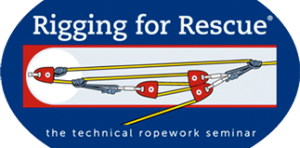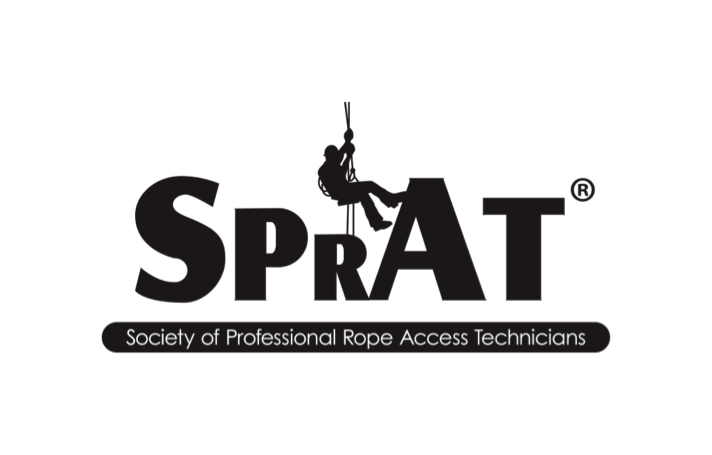We engaged in some healthy discussions during the classroom sessions addressing the pros/cons of horizontal versus vertical stretcher orientation. The are a number of compelling decision points to consider including the patient injuries and level of responsiveness, rockfall hazard, space limitations to the terrain, difficulty of the edge transition, and other factors. Many of the sites we encountered had features present that warranted a vertically-oriented stretcher in a high angle environment. This is perhaps too often discounted as a viable option due to perceived comfort issues for the patient as well as potential injury exacerbation.
There are a number of patient packaging ‘tricks of the trade’ that aid not only in general comfort, but also with patient security, protection of existing injuries, and general safety. The mock patients during this training all weighed in favorably when discussing patient comfort and security in the debriefs. This sentiment is pretty consistent in not only RfR trainings that we conduct, but also in real rescues in which we have participated as volunteers on our own SAR teams.
I don’t know if I’ll ever get another run of splitter weather like this past September and October managed to deliver in the North Atlantic. Sea cliffs are a lot more friendly when the rain isn’t coming in sideways. Thanks to MDI SAR for a great week of training!!








